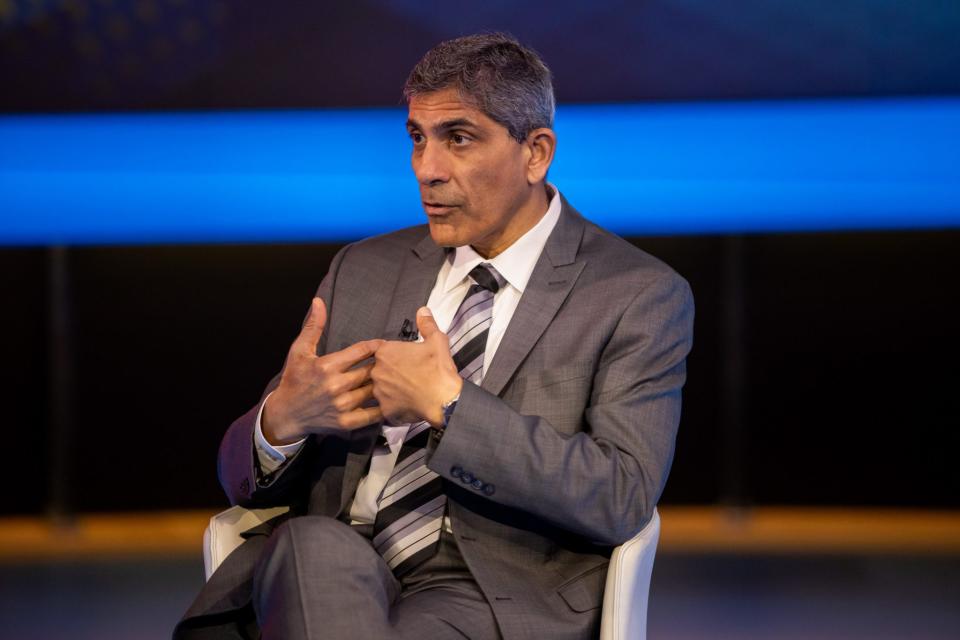Honeywell CEO’s $1.8 billion LNG deal is his fourth acquisition in eight months

Good morning.
The energy transition is a battle fought through electrons and molecules. We want green electrons, electricity generated by wind, sun, or waves instead of, say, coal. And we want to store energy in green molecules such as ethanol, hydrogen, or ones made from food waste. I recently boarded a Japan Airlines flight that was powered by sustainable aviation fuel (SAF) created from used cooking oil. Fry to fly!
Honeywell CEO and chairman Vimal Kapur thinks a lot about green molecules. His company is a pioneer in the technology that produces SAF. As Kapur recently told me: “You can’t run a plane on electricity.” (Not yet, perhaps, although Germany’s H2FLY conducted the world’s first piloted flight of an electric aircraft powered by liquid hydrogen.) That’s why he has Honeywell focused on creating SAF and carbon-free molecules like green hydrogen as part of the solution in achieving the energy transition.
It's not the only area where Honeywell plays. Since taking the top job last year, Kapur has aligned the industrial giant’s portfolio around automation, the future of aviation, and the energy transition. Yesterday, Honeywell announced the acquisition of Air Products’ liquefied natural gas (LNG) process technology and equipment business for $1.8 billion. It’s his fourth major acquisition in eight months. While LNG isn’t what you’d call clean energy, it produces fewer carbon dioxide emissions than coal and oil, which makes it an important bridge in what Kapur calls the decarbonization journey.
Honeywell can also use LNG to produce hydrogen and carbon dioxide, the latter of which it can capture, liquefy, and ship to oil companies that can reuse it. The issue isn’t just the technology but the cost: making it feasible for others to do the right thing. “The energy transition is not easy and it’s not cheap,” said Kapur. “We are solving economic problems.”
Creating a business case around the move to a low-carbon economy is the essence of sustainability. If you’re looking to share your approach and learn from others, consider joining the Fortune Impact Initiative, held in conjunction with our partners at EVERFI from Blackbaud. We will meet on Oct. 8 and 9 in Atlanta for conversations led by Kristin Stoller and my other newsroom colleagues. You can learn more here.
More news below.
Diane Brady
diane.brady@fortune.com
Follow on LinkedIn
This story was originally featured on Fortune.com

 Yahoo Finance
Yahoo Finance 